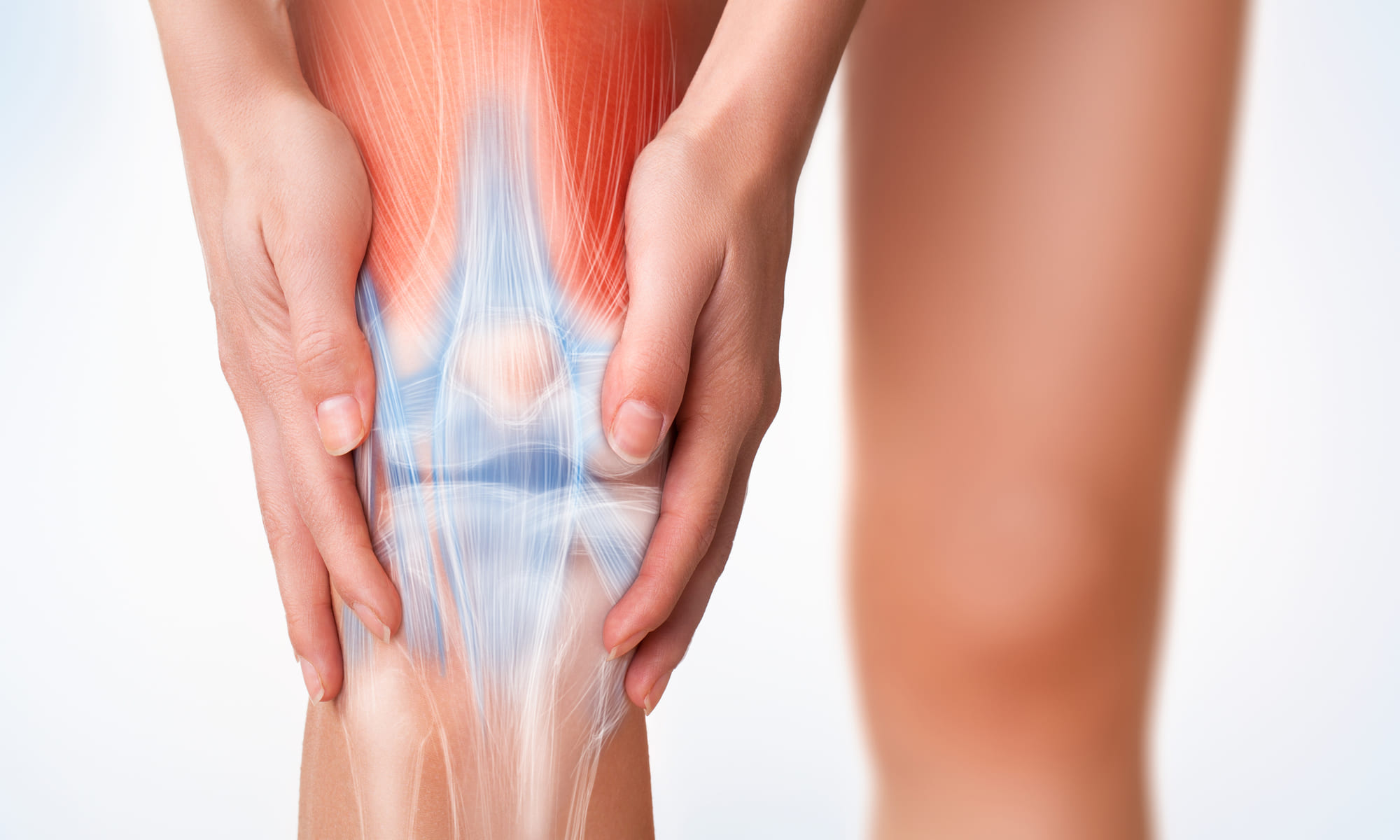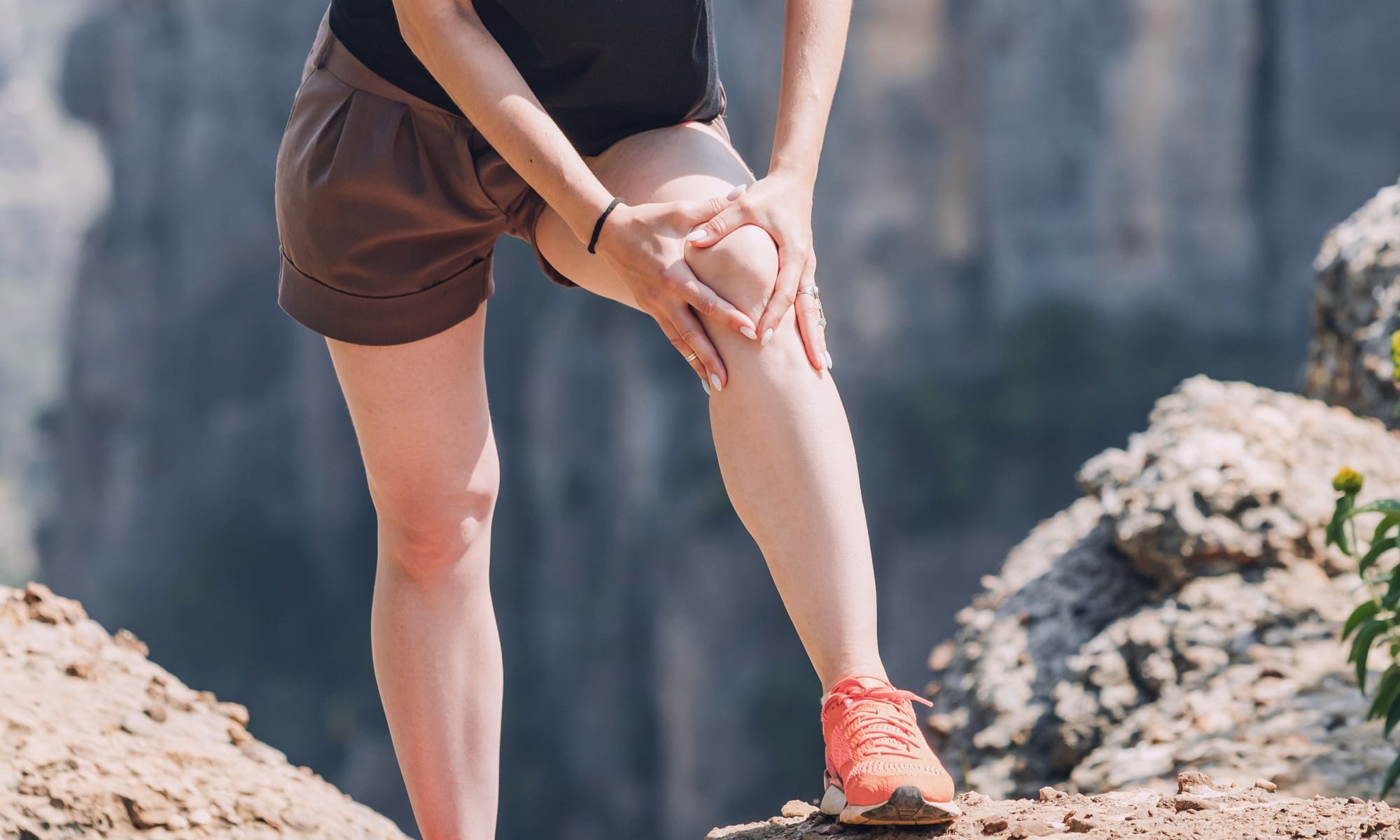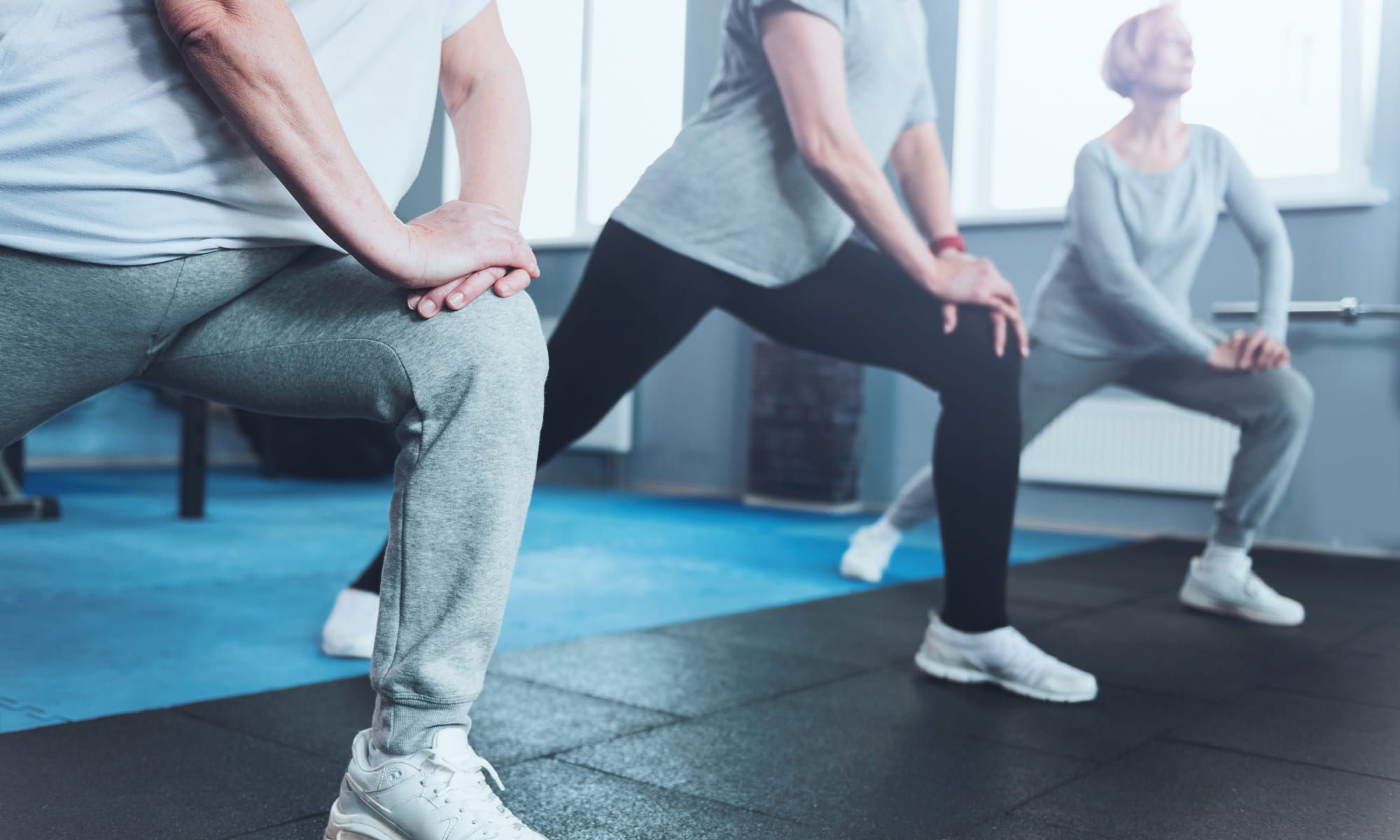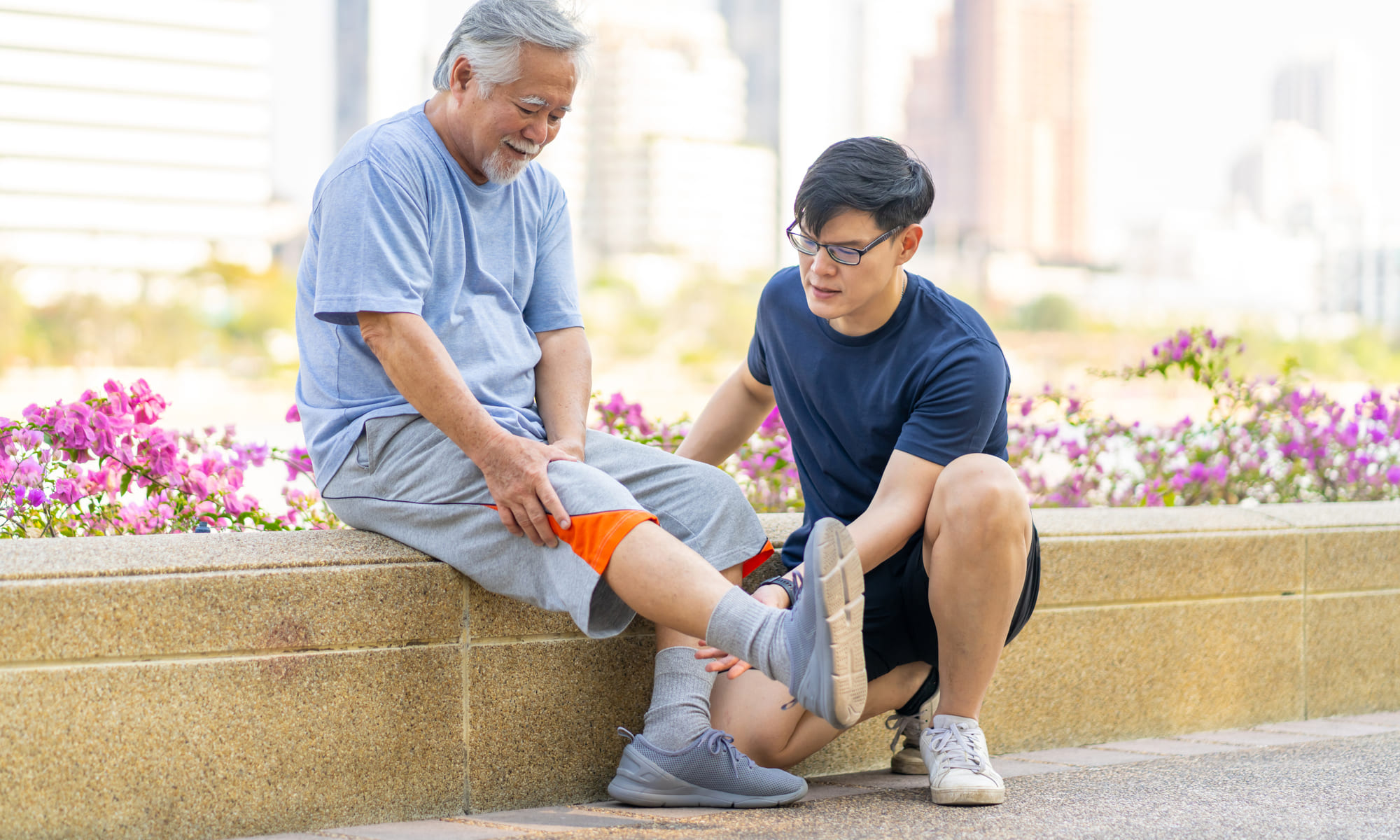Top Categories
The knee is a complex joint that bears a significant amount of the body’s weight during physical activities, and its health and function are key for athletic performance.
This article focuses on the tendons in the knee, providing a comprehensive guide for athletes to better understand their role, the common injuries that can occur, and how to prevent and treat them.
Knee Tendons In A Nutshell
The human knee is an intricate system of bones, muscles, ligaments, and tendons that work together to provide stability and mobility to the body. The knee has several key tendons:
- Quadriceps Tendon: This is a large, strong tendon at the front of the knee. It originates from the four muscles of the quadriceps femoris muscle group in your thigh (hence the name) and connects these muscles to the top of the kneecap or patella. The quadriceps tendon and the quadriceps muscles enable you to straighten your knee and are responsible for running, jumping, and climbing stairs.
- Patellar Tendon: Sometimes called the patellar ligament, the patellar tendon connects your patella (kneecap) to the tibia (shin bone). It’s a continuation of the quadriceps tendon and works in tandem. When the quadriceps muscles contract, the force is transmitted through the quadriceps tendon, across the patella, and into the tibia via the patellar tendon, allowing you to extend, or straighten, the knee.
- Hamstring Tendons: These are found at the back of the knee and connect the hamstring muscles to the bones of the knee and lower leg. They include the semimembranosus, semitendinosus, and biceps femoris tendons. The hamstring tendons and muscles are responsible for bending (flexing) the knee and extending the hip.
- Popliteus Tendon: This small but vital tendon at the back of the knee helps to unlock the knee from a fully extended position by laterally rotating the femur on the tibia or medially rotating the tibia on the femur, depending on whether the foot is in contact with the ground.
- Pes Anserinus Tendons: These are a group of three tendons—the sartorius, gracilis, and semitendinosus—that converge near the upper, inner surface of the tibia. They help stabilise the knee and function in knee flexion and leg rotation.
The tendons function like cables that, when pulled by contracting muscles, cause the knee to move. They also provide stability and limit specific movements that could damage the knee joint.
Understanding Knee Tendons and Athletic Performance
Here is a look at how each of the tendons contributes to athletic performance:
- Quadriceps and Patellar Tendons: These tendons are under stress during jumping and landing (basketball, volleyball), sprinting (track and field, football), and cycling, where powerful and repeated knee extension is required.
- Hamstring Tendons: On the other side of the knee, the hamstring tendons function in activities involving running or jumping. They also contribute to the stability of the knee joint, working in opposition to the forces applied by the quadriceps to prevent injury. In sports like soccer or rugby, where rapid changes in direction are common, the hamstring tendons aid in decelerating the leg and changing direction quickly.
- Popliteus Tendon: While it’s a smaller tendon, it stabilises the knee, especially during twisting movements or when moving from a straight-leg position to a bent-leg position. They work in sports like skiing, where the knee must rotate and flex simultaneously.
- Pes Anserinus Tendons: These tendons contribute to stability on the inner side of the knee and help with actions like turning and cutting movements. These tendons work in sports that require lateral motion, like tennis, squash or basketball.
For athletes, regular strength training and flexibility exercises can help maintain tendon health, while proper rest and recovery can avoid overuse injuries. Prompt diagnosis and appropriate treatment can ensure the quickest return to play in case of injury.
Conclusion
Understanding knee anatomy allows athletes to become aware of the common injuries that can occur. This understanding, coupled with strategies to prevent and treat knee injuries, allows athletes to maintain their knee health and improve performance.



